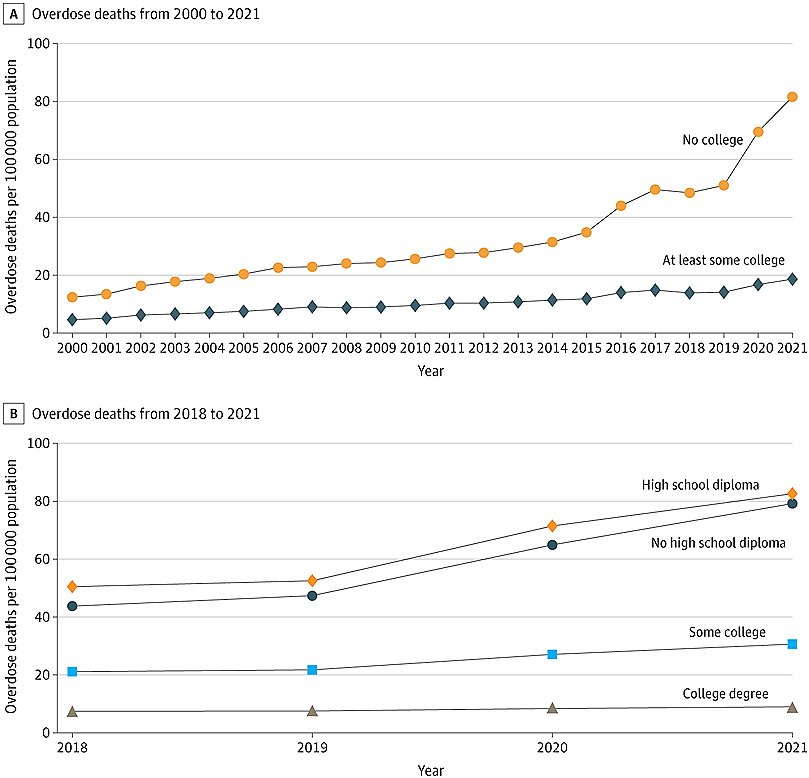Christopher Hutchins, a Connecticut orthopedic surgeon who relied on the Optetrak finned devices for more than 350 knee surgeries, said in a court deposition that some loosened in as little as two to three years. He called that “awfully premature” and “extraordinary.”
Hutchins vented his frustrations in a brief meeting with Exactech co-founder Bill Petty at a Rhode Island hospital in either 2006 or 2007, according to his deposition. Petty told him at the meeting he “realized that it was a problem” with the device, according to Hutchins.
“I was somewhat struck that if they knew there was a problem why it wasn’t being addressed and why the product wasn’t being pulled from the market,” Hutchins testified in the November 2021 deposition.
“There was no disclosure or transparency.”
Older patients not only suffered physical pain, but also felt an “emotional burden” from facing revision surgery in which results often are “not as good as the first go around,” Hutchins explained during his deposition testimony.“I’m in the business to try to make people better, and when things fail, I take it to heart.”
Hutchins was not the only surgeon alarmed by what he says were early failures of the Optetrak devices and the company’s tepid response.
‘Popping Out Right and Left’
In August 2005, Maine orthopedic surgeon Wayne Moody told company officials that Optetrak had loosened and needed to be revised in 25 out of 385 operations he had performed over the previous four years, according to meeting minutes filed in court.
One knee implant gave out in just nine months, Moody told the group, according to the minutes.
In a deposition, Robert Farley, a former Exactech sales agent who filed a whistleblower lawsuit in 2018 alleging fraud by the company, alleged that he heard two colleagues joke about Moody’s tribulations at a national sales conference.
Moody “probably had 50-something revisions. … They’re just popping out right and left,” the sales agent said, according to Farley’s suit.
Fellow whistleblower Manuel Fuentes, a former Exactech senior product manager, testified in a deposition that pulling the product off the market around 2008 “would have been the ethical and moral thing to do.”
At a meeting in early 2008 attended by the company’s top brass, including Bill Petty, the company’s marketing director at the time, Charley Rye, floated the idea of a recall, Fuentes said. Company executives shot that down as “financially detrimental,” Fuentes testified in a sworn declaration filed with the court.
Asked about the meeting during a December 2021 deposition, Petty replied, “I don’t recall that anyone suggested a recall.”
Exactech discussed the loosening problem in an internal memo that said between 2006 and 2009 the company “began to get some negative feedback” about the Optetrak “that was at times confounding and difficult to process,” court records show.
The discouraging reports ranged from complaints of early revisions from at least 10 U.S. surgeons and surgery practices in several of the more than 30 countries where Exactech sold the implant, court records show.
The results did little to dim Exactech’s prospects. From 1994 through April 2022, Exactech sold 58,763 Optetrak devices with finned trays for use by 514 surgeons nationwide, according to an affidavit by a company official.
Many lawsuits argue that instead of warning patients and surgeons about the loosening problem, Exactech replaced the finned tray component in its newest products, a strategy device industry critics refer to as a “silent recall.” Exactech denies that and said in a court filing that design changes it made were part of a “natural evolution” of the Optetrak.
Even as Exactech rolled out newer generations of the Optetrak, the company faced lawsuits and other criticism alleging it had failed to come clean about unusually high surgical revision rates.
Late Reporting to FDA
The Food and Drug Administration runs a massive, public, searchable databank called MAUDE to warn the public of dangers linked to medical devices and drugs.
Manufacturers must advise the FDA when they learn their device may have caused or contributed to a death or serious injury, or malfunctioned in a way that might recur and cause harm.Those reports must be submitted within 30 days unless a special exemption is granted.
But court and government records show that reports of adverse reactions tied to Exactech’s implant sometimes took years to show up in the government database — if they were reported at all.
Exactech failed to advise the FDA of dozens of Optetrak early revision complaints lodged by orthopedic surgeons Moody and Hutchins, a company representative acknowledged in a court filing.
KFF Health News downloaded the FDA data and found about 400 examples in which Exactech reported adverse events to the MAUDE database two years or more after learning of them.
FDA inspectors who combed through Exactech’s internal files in 2017 cited the company for failing to undertake an “adequate investigation” of complaints, according to FDA records cited in court filings.
In court filings, Exactech steadfastly denied Optetrak has any defects. Instead, it blamed the loosening problem on surgeons, saying they had failed to cement the knee implants into place correctly or misaligned them.
The company said it had no obligation to report poor outcomes tied to mistakes by surgeons — even though the FDA requires companies to report injuries involving “user error.” In 2022, a federal judge in the whistleblower case, in denying a motion to dismiss, found that Exactech was “hard-pressed” to claim it was not obligated to report the adverse events.
The three whistleblowers are accusing Exactech of fraud for allegedly selling defective products to Medicare and other federal health care programs. The case is pending in federal court in Alabama and Exactech has denied any wrongdoing. Exactech in mid-August filed a motion to dismiss the case.
Lawyers for more than 300 injured patients suing in Alachua County Circuit Court in Florida are pressing for full disclosure of 2,435 complaints to the company alleging deficiencies with Exactech knee products, which the company admits receiving as of the end of April.
Cutting Corners
In other pending lawsuits, patients argue the company pointedly ignored evidence of chronic safety issues to fuel profits.
Keith Nuzzo, of Litchfield, Maine, is one. He alleged that Exactech “cut corners, utilized inferior manufacturing practices … [and] only disclosed information or took corrective action if contacted by regulatory authorities.”
Nuzzo had a right knee replacement done by orthopedic surgeon Moody in February 2012 and a left knee implanted a week afterward.
His right knee became painful and wobbly about four years later and a second surgeon replaced it in August 2016. The left knee gave out in November 2020, also requiring replacement, according to the suit.
Despite the revisions, Nuzzo lives with “daily knee pain and discomfort,” which limits his “activities of daily living and recreation,” according to the suit. The case is pending. As of mid-September, Exactech had not filed an answer.
In advertising directed at surgeons, Exactech boasts about the long life of its implants.
One sales brochure states that the Optetrak “demonstrated 91-99 percent implant survival rates” over just under a decade. That is consistent with, if not superior to, industry standards, though as a rule of thumb many surgeons expect implants to last 15 to 20 years, sometimes longer.
The mounting legal claims allege many Exactech knee and hip implants have worn out well before their time.
The KFF Health News analysis of more than 300 pending cases in Alachua County found that surgeons removed about 200 implants after less than seven years. Some people in the sample, whose surgeries spanned more than two dozen states, were awaiting revision procedures. In the federal court sample, patients alleged that half of the 400 implants that were removed lasted less than six years.









